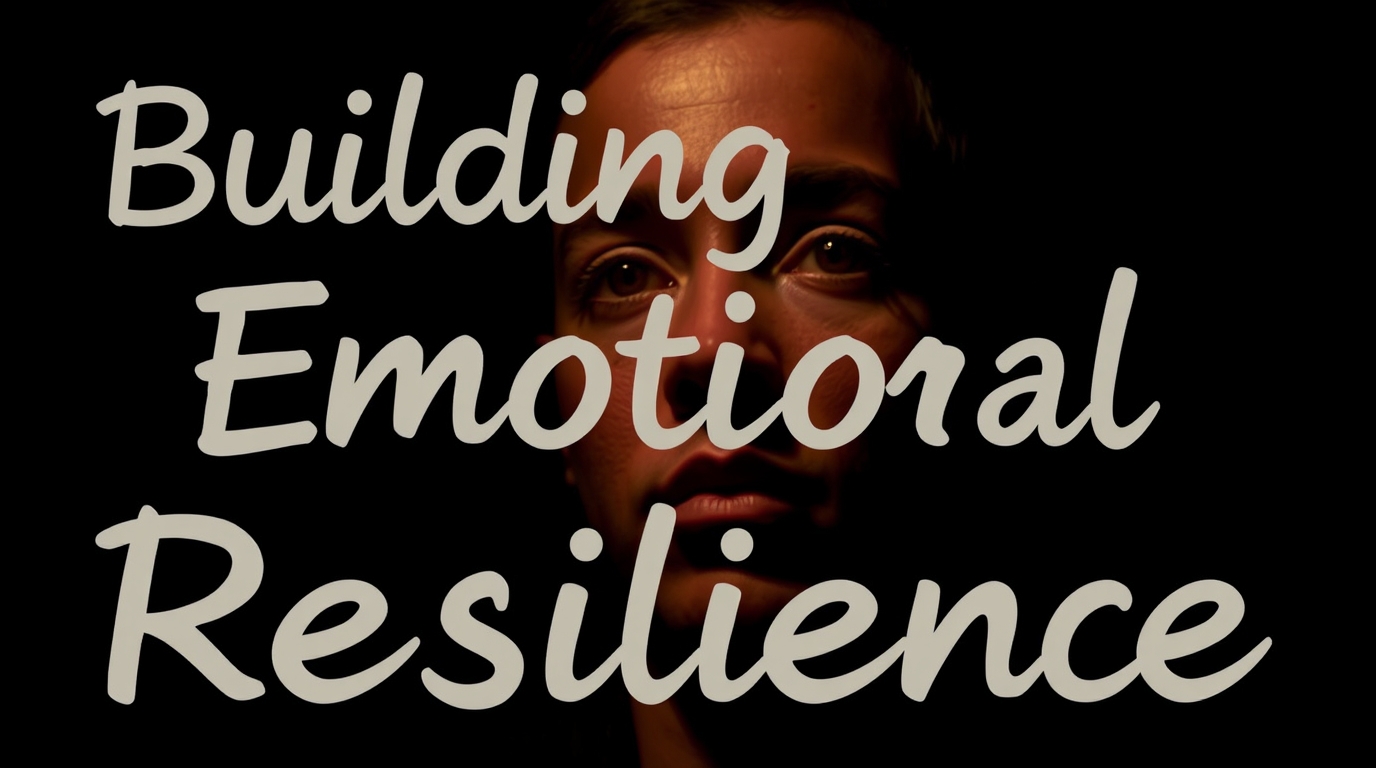Major life transitions often come with a mix of excitement and uncertainty. Whether you’re starting a new career, embarking on the beautiful (yet challenging) journey of parenthood, or navigating a significant change like divorce, building emotional resilience is key to thriving through these shifts. Emotional resilience is the ability to adapt and recover in the face of stress, adversity, or unexpected changes. It’s not about avoiding challenges—it’s about cultivating the strength to confront and grow from them.
This article will guide you through practical strategies to build emotional resilience during life’s pivotal moments, helping you stay grounded and capable no matter what comes your way.
Table of Contents
What is Emotional Resilience?
Before we jump into strategies, it’s important to understand what emotional resilience means. Think of resilience as the inner strength that helps you bounce back from life’s curveballs. It’s not something you’re born with; it’s a skill that can be developed over time.
Resilience combines several qualities:
- Optimism: Believing that setbacks are temporary and solutions are within reach.
- Self-awareness: Recognizing and managing your emotions.
- Adaptability: Adjusting to new situations with an open mind.
- Support-seeking: Knowing when to lean on others for help.
The good news? Anyone can build emotional resilience with the right tools and mindset.
Why Building Resilience Matters
Life transitions, while potentially exciting, are often accompanied by stress. Think of starting a new job or moving to a new city. These changes might bring wonderful opportunities, but they can also disrupt your routine, leaving you feeling unsteady.
Resilience helps:
- Reduce stress by giving you tools to manage the emotional toll of change.
- Improve mental health by fostering adaptability and emotional control.
- Build confidence in your ability to handle whatever life throws your way.
Most importantly, resilience allows you to transform change into growth.
Practical Strategies for Building Emotional Resilience
You can take concrete steps to cultivate resilience and better handle major transitions. Here are six strategies to help you along the way.
1. Acknowledge Your Feelings
The first step in building resilience is recognizing and accepting your emotions. Big changes often trigger a range of feelings—excitement, fear, sadness, or even guilt. Ignoring these emotions can lead to burnout. Instead, take a moment to pause and reflect. Journaling or simply talking with a trusted friend can help you gain clarity.
For those navigating profound changes, such as divorce, working with a skilled professional is invaluable. An experienced divorce attorney in Salt Lake City, Utah, for instance, can guide you through the legal process while offering emotional support by ensuring you are informed and empowered throughout the transition.
2. Create a Support System
Resilience thrives with a strong sense of community. Surround yourself with friends, family, or mentors who will listen, encourage, and offer constructive feedback. Don’t shy away from asking for help—it’s not a sign of weakness but a form of strength.
Join groups where people are navigating similar transitions. For example, if you’re a new parent, connecting with other new parents can help you feel less isolated.
3. Reframe Challenges as Opportunities
Adopting a positive perspective is vital. Instead of viewing challenges as setbacks, reframe them as opportunities for growth. For example, a sudden job change might feel daunting, but it’s also a chance to pursue something more aligned with your skills or interests.
Ask yourself, “What can I learn from this situation?” or “How can this create a better future for me?”
4. Develop Healthy Habits for Mind and Body
A resilient mind needs a strong, healthy body. Regular exercise, restful sleep, and nutritious meals are the basics of emotional well-being. Activities like yoga, meditation, or even a walk in nature can work wonders for reducing stress and improving mental clarity.
Consider adding mindfulness exercises to your daily routine. Even a 10-minute meditation can help center your thoughts and bring calm to chaotic moments.
5. Focus on What You Can Control
Transitions bring a sense of uncertainty, often leaving us fixated on things we have no power over. One of the cornerstones of resilience is focusing on the aspects of a situation that you can control—for example, your daily routines, mindset, or approach to solving problems actively.
By concentrating your energy on the controllable, you’ll feel less overwhelmed and more empowered.
6. Set Realistic Goals
Break large, overwhelming transitions into manageable goals. Whether you’re starting a new career or adjusting to life as a parent, define what success looks like in practical, achievable steps. Celebrate each small win—it builds confidence and creates momentum to tackle bigger challenges.
For example, if you’re a young adult transitioning into the workforce, focus on learning one new skill at a time instead of trying to master everything at once.
Finding Resilience in the Midst of Change
Transitions can be daunting, but with resilience, they also become opportunities for personal growth and transformation. By acknowledging your emotions, leaning on your support system, and taking proactive steps, you can not only survive but thrive through life’s changes.
Whether you are embarking on a new career, becoming a parent, or dealing with a life-altering event such as divorce, remember that resilience isn’t about avoiding challenges—it’s about confronting and overcoming them with determination.
Need extra help navigating these transitions? Consider reaching out to professionals who specialize in providing the guidance and tools you need during significant moments of change.







